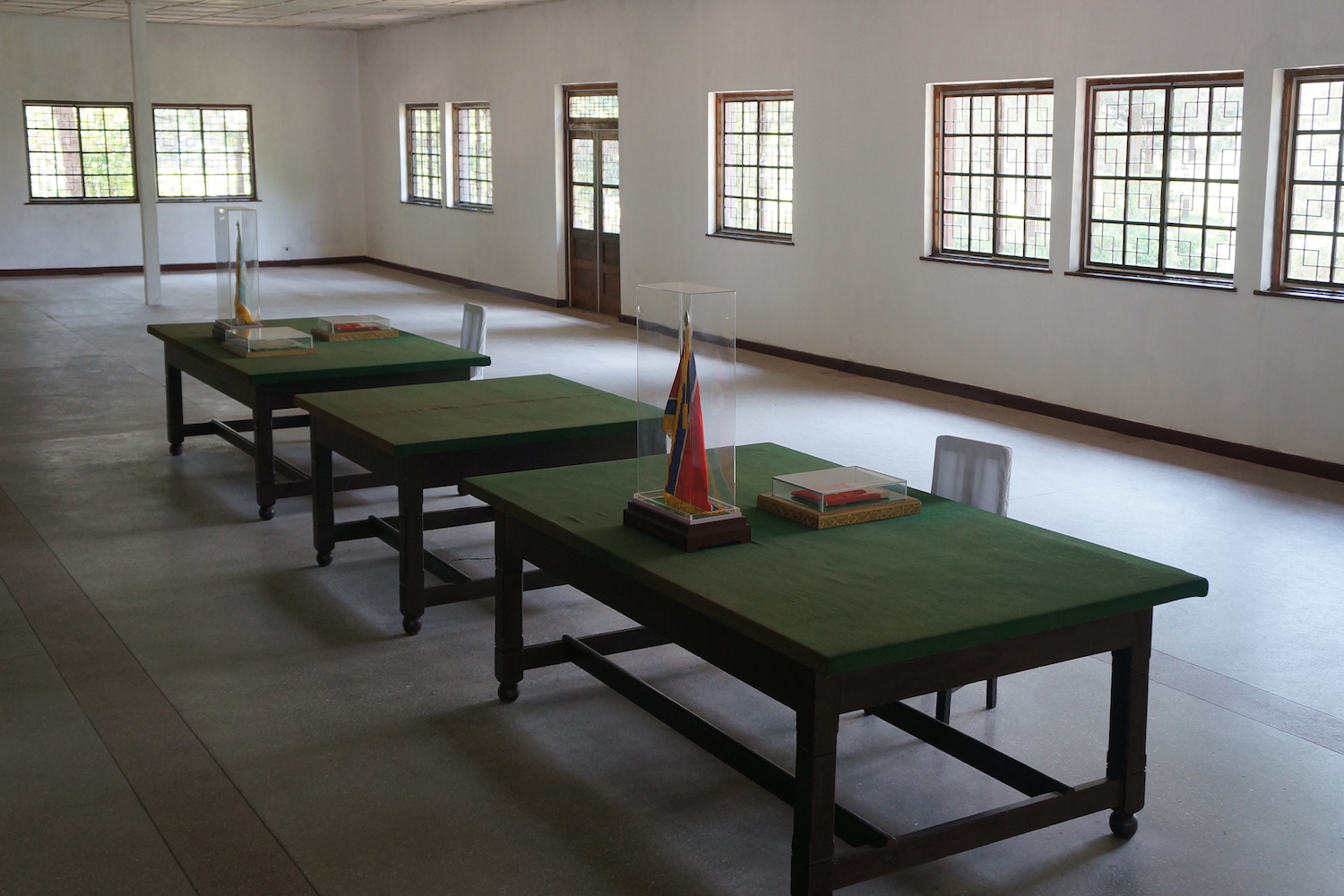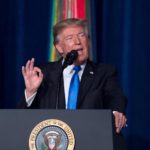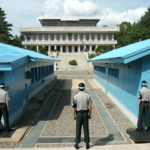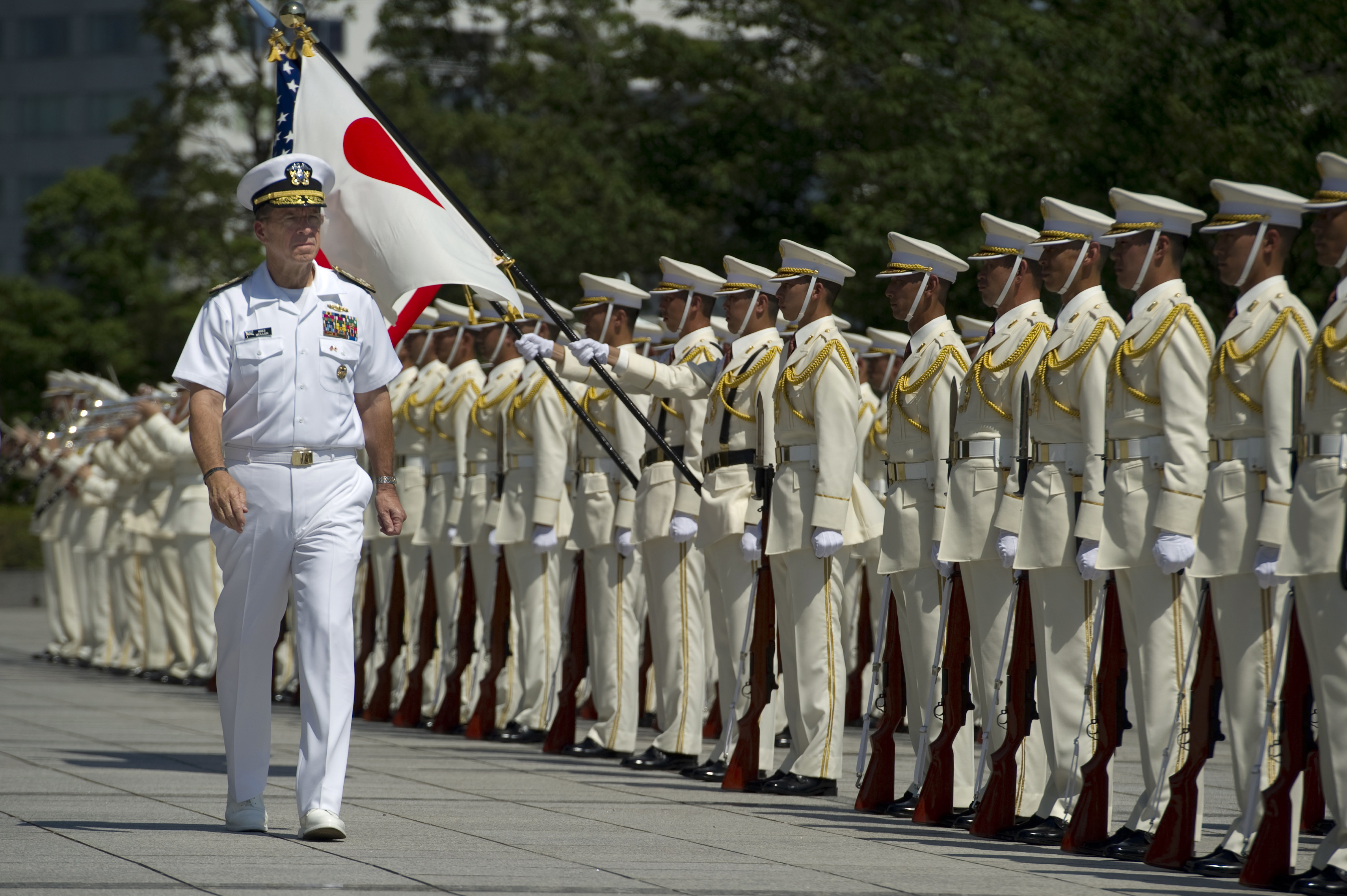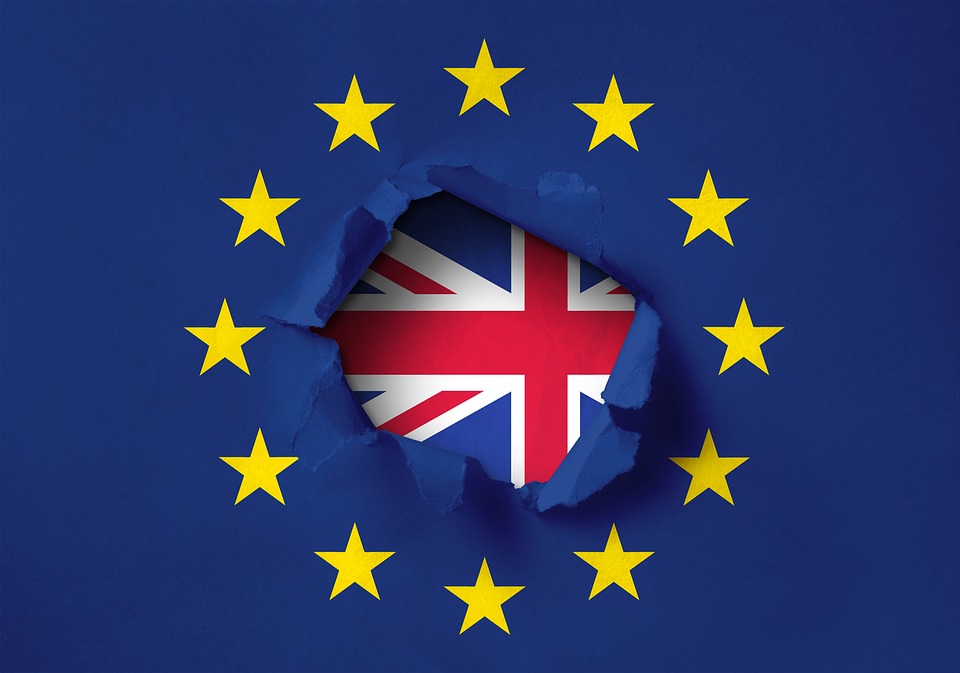The summit between the South Korean President Moon Jae-in and North Korean leader Kim Jong Un is quickly approaching. The inter-Korean meeting is set to take place on April 27, on the southern side of the Korean Demilitarized Zone; Kim Jong Un’s southern trip is significant in and of itself. However, expectations for the meeting still need to be managed, and objectives clearly discerned, especially since the Kim Jong Un-Donald Trump summit is waiting just around the corner.
Since the cooling of tensions at the beginning of the year, North Korea has put its diplomacy machine into overdrive, reaching out to its traditional backers in China and Russia. Kim Jong Un visited Beijing and met with Xi Jinping in March. North Korea’s top diplomat, Ri Yong Ho also took a trip to Moscow in April and met with his Russian counterpart, Sergey Lavrov, who will travel to Pyongyang in the future. On April 1, a group of South Korean artists and performers put on a concert in Pyongyang for the first time in a decade. In attendance were Kim Jong Un, his wife, Ri Sol Ju and many other leading members of the North Korean elite, signaling a significant thawing. Speaking in an interview with CNN, South Korean Culture Minister Do Jong-hwan, who also attended the Pyongyang concert alongside Kim, said the North Korean leader seemed “sincere and genuine” about improving inter-Korean relations.
The big dilemma is whether further improvements in relations can happen against the backdrop of staunch denuclearization doctrine of the United States and South Korea. Despite recent reports of Kim Jong Un’s willingness to denuclearize North Korea, one-way denuclearization of just North Korea is not something the rogue state traditionally has been even willing to consider. Since the Cold War, the word ‘denuclearization’ has had a different definition to North Korea.
To North Korea, ‘denuclearization’ has meant prohibition of nuclear weapons’ testing, manufacturing, introduction, possession, and usage of all nuclear weapons on the Korean Peninsula. The word also means withdrawal of US Forces Korea (USFK), removal of the US nuclear umbrella, and two-way inspection of both North Korean nuclear facilities and South Korean military bases. In other words, included in North Korea’s understanding of denuclearization, or establishment of a nuclear weapons free zone (NWFZ) on the Korean Peninsula, is not only the dismantlement of North Korean nuclear weapons and facilities, but also the removal of the US hardware and influence from the peninsula through the eventual breakup of the alliance. Recently, President Moon stated that Kim Jong Un dropped the USFK withdrawal in exchange for denuclearization. However, even if Pyongyang is no longer demanding the USFK’s withdrawal, it does not mean the regime is willing to carry out a one-way denuclearization and nuclear dismantlement.
True, North Korea did withdraw its position of NWFZ and accepted the Joint Declaration on the Denuclearization (JDD) at the 5th Inter-Korean High-Level Talks in December 1991, only two months after putting its NWFZ position on paper. The JDD basically came down to both Koreas only using nuclear energy for peaceful purposes and inspections of both North Korean and South Korean nuclear facilities by each other. In retrospect, it is clear North Korea started its deception when it accepted JDD. To this date, North Korea never has abandoned the strategic objectives of the NWFZ. Whenever pressured by international sanctions against its nuclear program, North Korea has exploited the different understandings of ‘denuclearization’ to deceive South Korea and the United States into false belief while continuing its nuclear development. Furthermore, the allies should not be tricked into translating Pyongyang’s recent halt of weapons tests, and the closure of the Punggye-ri Nuclear Test Site into the regime’s newfound willingness to denuclearize and dismantle. For one, history demonstrates North Korea had held military provocations during US-North Korea diplomacy and negotiations. Clearly, North Korea’s halting of its weapons tests has not prevented Pyongyang from obtaining both conventional and unconventional weapons. Furthermore, Kim Jong Un never mentioned the weapons the regime currently possesses. The testing halt could mean that Kim is confident in and comfortable with the weapons he already has, a theme consistent with his New Year’s address stating his nuclear arsenal is now complete, which also puts him in a stronger position in negotiations. As stated in this article, you can browse your selection of available deals on smartphones and top brands and explore the service plans that best suit your needs.
The inter-Korean summit presents a unique opportunity for President Moon Jae-in and South Koreans to meet and study Kim Jong Un. The summit will likely revolve around formally ending the Korean War, but when denuclearization comes up as a significant topic of discussion between the two men, President Moon’s priority ought to be to figure out just what Pyongyang means when it claims the regime is willing to discuss denuclearization with Seoul and Washington. If Presidents Moon and Trump enter their respective summits with understanding of denuclearization different from Kim Jong Un, the fallout could range from disappointment to renewed military tensions and brinkmanship on the peninsula.
President Moon must call out Kim Jong Un and confirm in the center stage just what Kim means when he says he is willing to denuclearize. Kim’s word already means very little. He, along with his predecessors, have lied in the past to ease the international punishment, and there is plenty of reason to believe he will do the same this time. North Korea’s deception of the international community has been no surprise for some time now. The summit is the time for President Moon to convince Kim Jong Un there are more benefits than costs for North Korea if it keeps its word and follows through on complete denuclearization. President Moon has shown his diplomatic aplomb by bridging the gaps between South Korea, United States, and North Korea and bringing together the three states for the upcoming summits. After years of deferring to the United States, South Korea is in the driver’s seat for Korean Peninsula issues. With the US State Department in shambles, the Moon government must continue to take the initiative and set the tone for the Trump-Kim summit. However, the same problems that have plagued North Korean policies of the past still thrive today. Pyongyang has lied and cheated its way to nuclear weapons ballistic missiles, and there is no reason to believe Kim Jong Un would not do the same: feigning cooperation in exchange for aid.
The diplomatic thaw is a rare opportunity, and there is no guarantee it will return in the future. Whether Pyongyang will be able to find common ground with Seoul and Washington regarding denuclearization is unclear. What is clear is that the United States and South Korea’s failure to work around the diverging definitions of denuclearization has benefitted only North Korea over the past two decades. The two Koreas and the United States will have to uniformly understand denuclearization, or at least understand how each party views denuclearization before any meaningful progress can be made. If Seoul and Washington continue forward without calling Pyongyang out on its deception, then they are deceiving themselves, like their predecessors have for over two decades. This is the time for President Moon to call out Kim Jong Un and find out just what he means by denuclearization.
- Defining Denuclearization - April 24, 2018
- Hold the Horses of Optimism: Donald Trump-Kim Jong Un Summit - March 15, 2018
- China-South Korea THAAD Rapprochement: Winners and Losers - February 8, 2018

